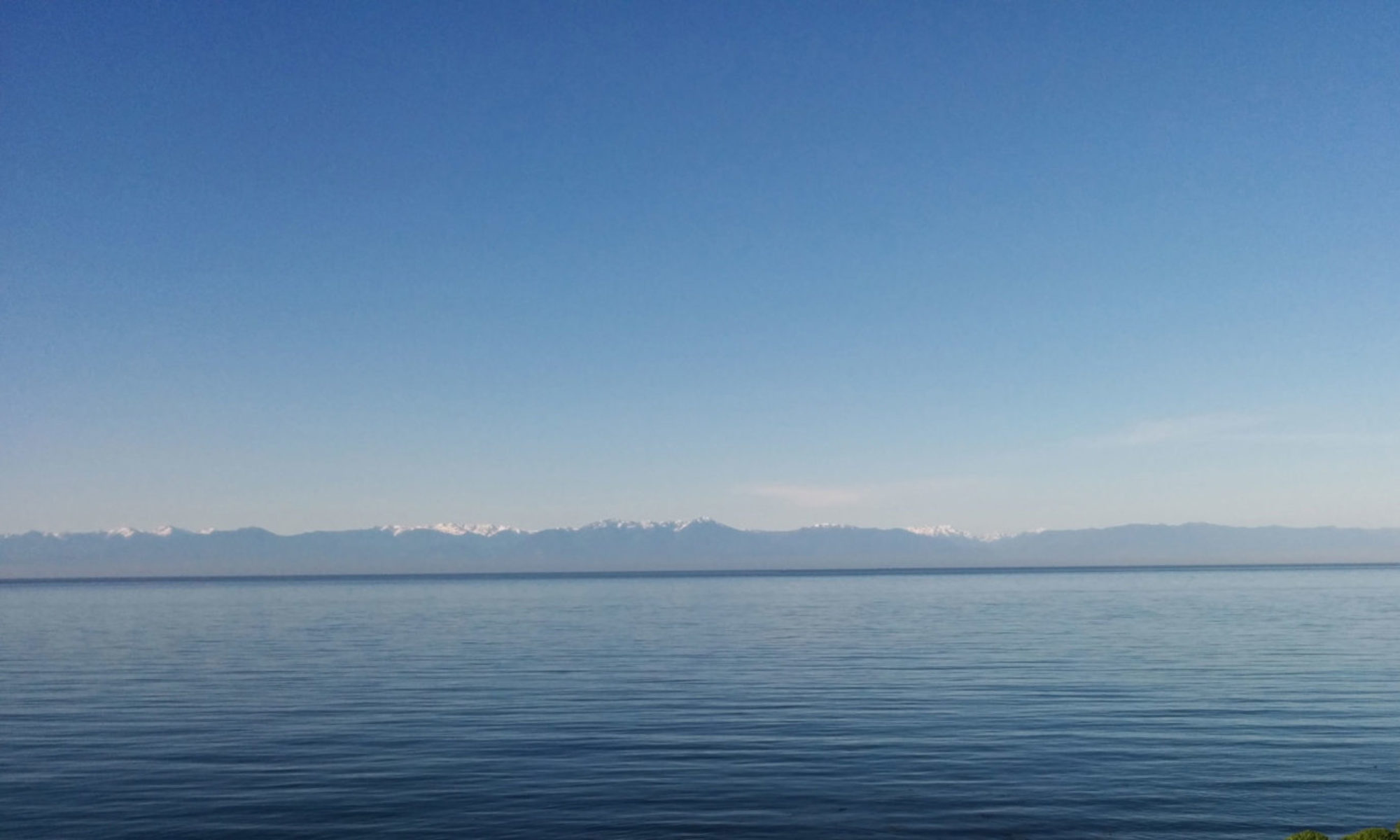“Franke James is using her creativity to tackle climate change—armed with a paintbrush and a vivid imagination—and having dazzling results.”

Franke James, artist, author and co-founder of The James Gang, is profiled in the Fall 2009 issue of Green Living Magazine. The issue urges Canadians “to take a stand” and challenges them to become greener citizens.
“Canadians want to do more for the environment than the proverbial ‘changing of lightbulbs,’ ” says Lindsay Borthwick, editor of Green Living magazine. “The goal of this issue was to show them how. From voting to volunteering, leading by example to making climate change art, we’ve showcased the numerous ways to help individuals, families and communities work toward significant environmental change.” 
Green Living journalist Astrid Van Den Broek interviewed Franke for the profile and wrote, “James’ voice comes through so strongly in her eclectic, captivating online visual essays that sometimes I feel like I’ve been reading her diary entries, instead of public documents. But that’s exactly why they stand out. While so much environmental messaging is filled with admirable but often abstract concepts or clichéd language that fails to connect with its audience, James manages to avoid both. Instead, she offers her atypical journey toward a greener life in these can’t-click-away illustration-meets-photography-meets-storytelling essays.”
Franke comments, “I was delighted when Green Living said they wanted to do an article on my environmental visual essays. However I was totally amazed at Astrid’s thoroughness in interviewing me — even interviewing people I know from across the country. And going back to where I attended grade school! I joked that it reminded me of the Sesame Street segment “This is YOUR Life!” I’m not usually the one being interviewed (if you know my work, I often interview friends, family, pundits, and strangers for my essays). But I’m very grateful they decided to write the article, and honored to be part of their “Take a Stand” issue — because taking action on climate change is the #1 challenge we face. Failure to reduce CO2 emissions today imperils the future well-being of our children and future generations. Society as a whole has not gotten that message, yet.”
Alex Mayer, Director of the Michigan Tech Center for Water and Society, who helped Franke calculate the stormwater runoff for Paradise Unpaved, was interviewed for the article. Dr. Mayer comments, “I’d never seen anything like these essays applied to environmental advocacy and it affected me intellectually and emotionally.”
Astrid goes on to write, “Mayer’s experience is echoed by Stan Kozak, curriculum specialist for Learning for a Sustainable Future, who recently witnessed James’ tour de force at a workshop on climate change education. “We’d spent two days looking at the science and it was not looking good. Then, bango, Franke James comes along and says ‘do the hardest thing first’ and then shows that she has done it and is still living to prove it—and she is artistically thriving and maybe even seeing some financial benefits as well,” says Kozak. “I think Franke should be the ‘closer’ at more conferences just to keep people’s spirits up—and let them know there is hope if people take personal responsibility.”
“There’s something about Franke” is a lively and entertaining read about Franke’s role as an artist, environmental author and activist. It shares her passion, creativity and counter-intuitive advice to ‘do the hardest thing first’ with a growing audience.
But the story is still being written as Franke continues to share her message of environmental art and activism. Ryan Dean, a 350.org coordinator at Bates College (and a recent graduate) commented on her Bates College keynote to this year’s incoming students:
“What can I say? Attending your talk really put things into perspective for me. I can honestly say that your visit to Bates really made all of the lofty possibilities a tangible reality. I am so impressed because you not only recognize that you must take up this social responsibility yourself, but you are actually compelling enough to get others to do the same. Students here came away from your talk both with a greener conscience AND ways in which they could create activist art themselves. It’s brilliant.
I find your combination of activism and art completely inspiring and it has sparked an energy in me that has only grown in the days since! My head is buzzing with the number of new ideas that I am determined to see come to fruition. Thanks for everything.”


